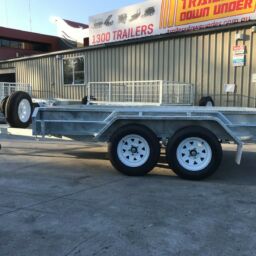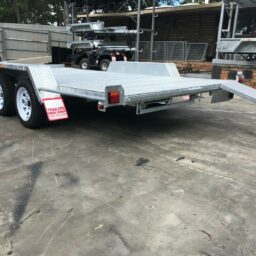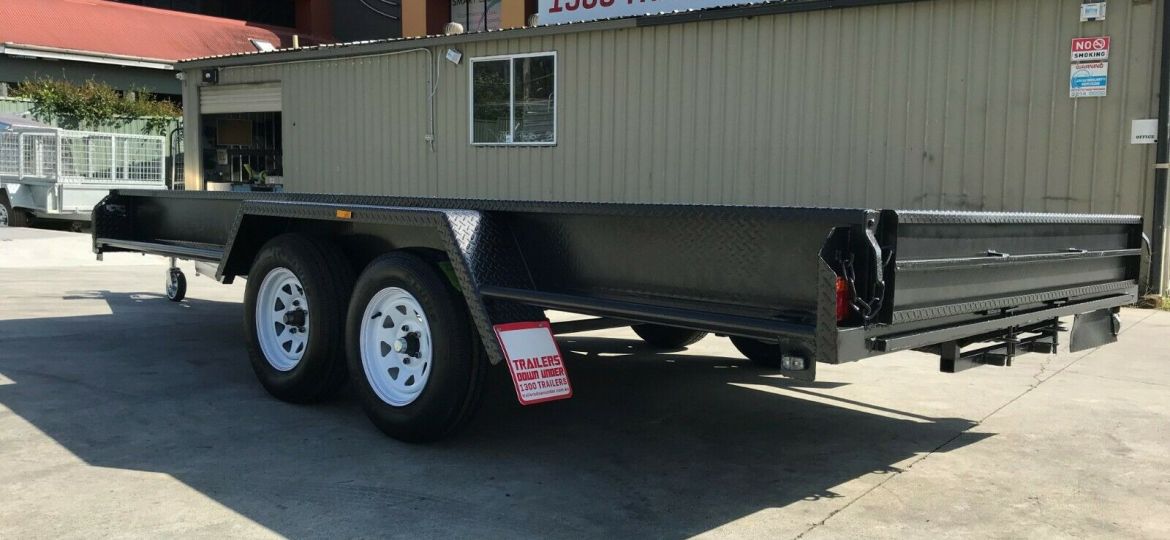
If you’re trying to tow a car on Trailer in Australia, there are several tips to keep in mind. Some of these tips include using safety chains, maintaining tyre pressure, and using a tow strap or rope. You should also avoid taking sharp turns as this can put unnecessary strain on towing equipment.
Safety chains
The use of safety chains can help to prevent serious accidents that may occur when towing. Without these chains, a trailer can easily get unhitched and go rolling. This could cause a collision and potentially cause severe injuries. If the trailer is equipped with safety chains, the driver will never have to worry about unhitching the trailer.
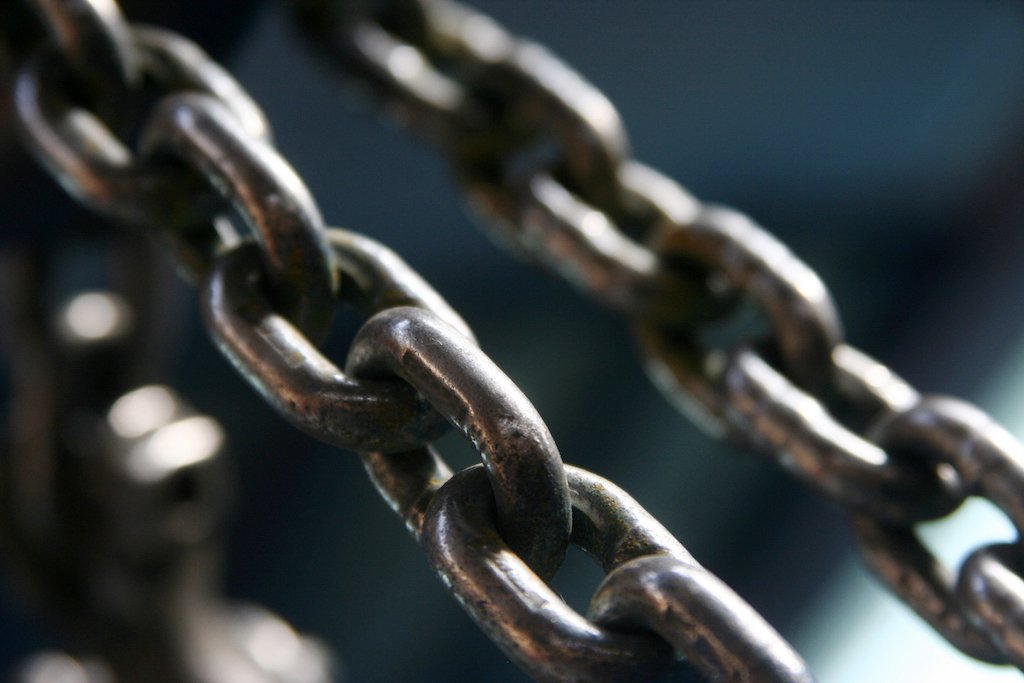
Safety chains should be installed on all trailers. These chains are meant to hook to the trailer hitch and cross underneath the tongue. The safety chain should be long enough to support the trailer’s tongue and allow it to turn without causing any damage. It should also be heavy enough to add stability to the trailer. A standard recommendation is 10 percent to 12 percent of the total weight of the trailer.
Tyre Pressure
Proper tyre pressure is an important part of vehicle maintenance and safety. Tyres should be inflated to the recommended pound-per-square-inch (psi) level listed on the vehicle’s owner’s manual or placard. The recommended tyre pressure can vary from vehicle to vehicle. Most passenger cars have a recommended tyre pressure range of 30 to 35 psi. However, there are several exceptions.
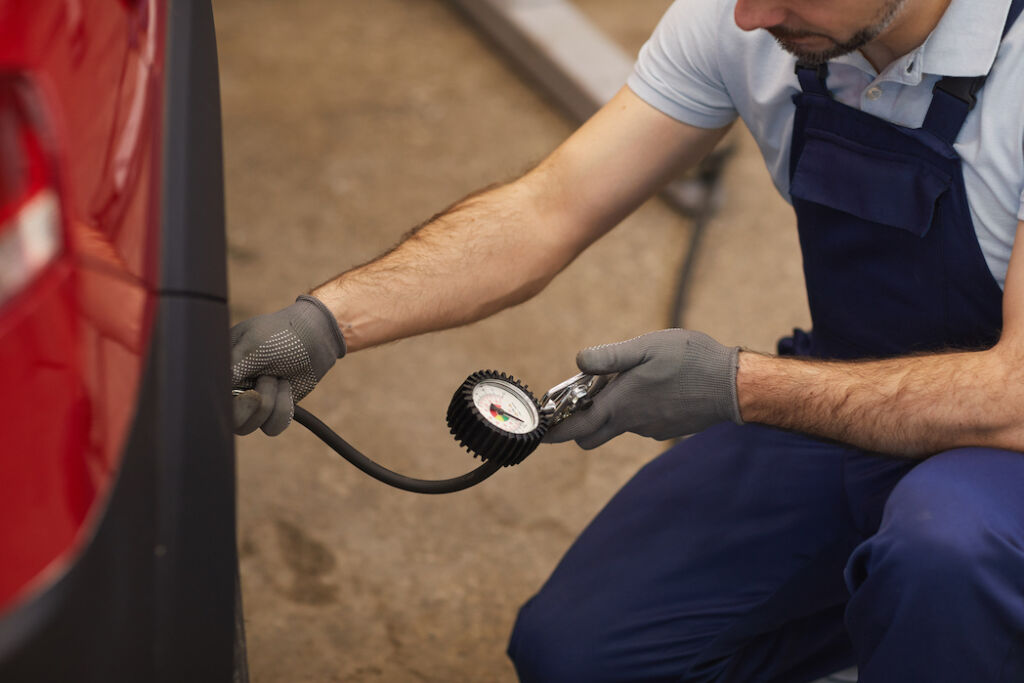
Tyre pressure is especially important when towing a vehicle. If the tyres are underinflated, it could result in serious accidents. In addition, underinflated tyres pose additional risks due to friction and tyre blowout. Incorrect tyre pressure can also cause a vehicle to lose control when towing.
Tongue weight
Tongue weight is the weight of the trailer that is transferred through the gooseneck to the tow vehicle. It is very important to maintain the correct tongue weight when towing. The amount of tongue weight can affect the handling and braking distances of the towing vehicle. Generally, the tongue weight should be between nine and fifteen percent of the towing vehicle’s gross trailer weight. This is important because improperly calculated tongue weight can result in a serious accident. You can get all the technical requirements from the website of Department of Insfrastructure, Transport.
Using a tow strap or rope
Whether you’re towing or recovering from an accident, it’s important to know how to use a tow strap or rope. A tow strap is for static recovery, while a rope is for dynamic recovery. Both types of straps are effective, though there are some differences between them. The main difference between the two is the type of elasticity. For dynamic recovery, a kinetic rope can provide the extra “yank” that frees a stuck vehicle. Kinetic ropes are especially helpful when the axles of a vehicle are stuck in thick slop, sand, or some other kind of terrain.
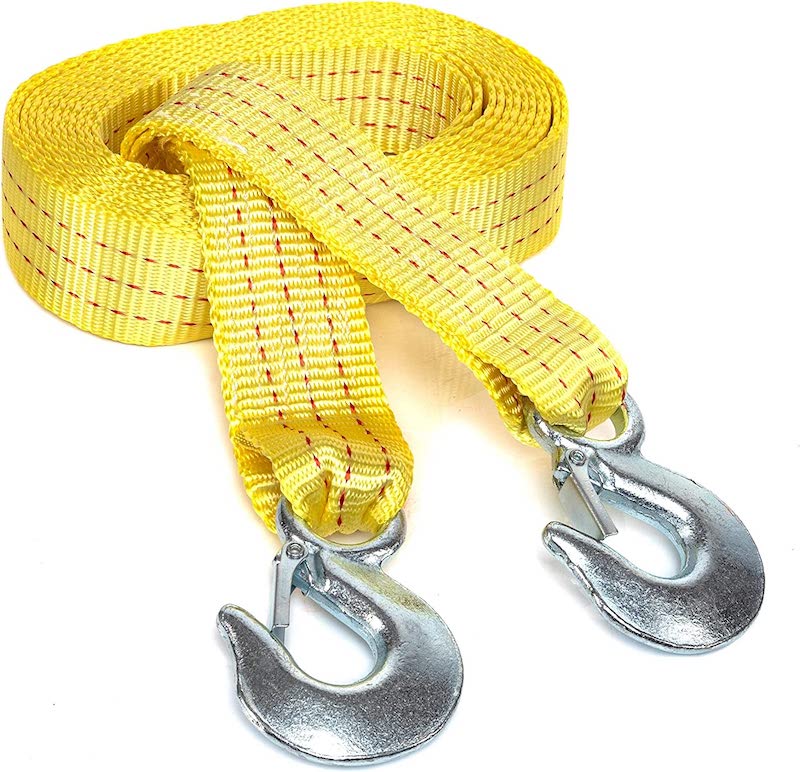
Using a tow strap or rope is a safer alternative to chaining the vehicle down. While a rope isn’t as secure as a tow chain, it’s more flexible and can be used on a variety of terrains. Both ropes and chains can transmit unwanted impact forces to the vehicle being towed. To avoid these issues, Kinetic tow ropes and chains are made of double-braid Nylon material that stretches by 30% during use. This material provides lower impact, more energy transfer, and a longer life.
Improperly mated trailer
When towing a trailer, the driver needs to be aware of the risks that come with it. One of these risks is improperly mated trailers. Improperly mated trailers can cause problems, including a trailer that does not turn on its own, hitting roadside obstacles, and a fire hazard if metal chains are left dangling over the roadway. Trailers also have tight turning radii, and too-sharp turns can cause the load to shift. This can cause wheel damage and tyre blowouts.
Another risk that causes problems is improperly loading the trailer. Improperly loading a trailer is a common cause of trailer problems. To prevent this problem, the driver should make sure that 60% of the cargo is in the front and 40% is in the back. Also, when loading a trailer, the driver must ensure that the cargo is secured. This can be difficult to do, particularly when the trailer is being hauled in a tight corner.
Overworking your tow vehicle
The number one mistake in towing is overworking your tow vehicle. This can damage the transmission or engine. Even worse, it can cause the vehicle to meltdown. You should also pay attention to the temperature gauges on your tow vehicle. If they show excessively high or low temperatures, move them to the transmission pan to check the temperature.
When you see a transmission warning light, stop tow right away. A stressed transmission will cause severe damage, so the first thing you should do is stop to cool the transmission. Other ways to reduce transmission stress include lowering the tow vehicle’s speed and avoiding steep hills.
Disclaimer – The stats and technicals mentioned in the website are individual opinion of the author. For information related to your region or state – kindly visit the transport authority website of your respective state.

